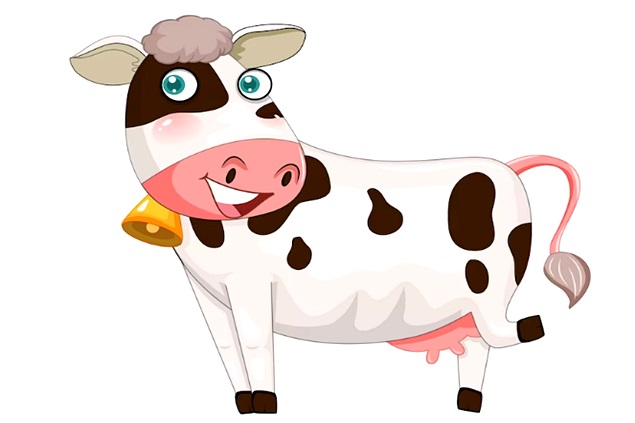
The temperament of dairy cows is a multifaceted characteristic that encompasses various behavioral aspects, as shown in a study published by DairyGlobal.
The Importance of Differences
Individual differences in the temperament of dairy cows influence production performance, including milk production and quality.
The behavior of dairy cows and its relationship with milk production and quality are essential topics for both consumers and producers due to their connection to the well-being of dairy cows, production efficiency, and the sustainability of the dairy industry.
However, due to the lack of standardization regarding the measurement used in various research studies to assess the temperament of dairy cows, this remains a controversial subject.
Assessing the Temperament of Dairy Cows
Temperament is defined as the individual variation in animal behavior due to their environmental circumstances, provided that these variations are consistent over time and in different situations. In dairy production systems, temperament can be evaluated by observing the behavior of cows in various situations.
Milking temperament can be assessed during routine milking procedures, and handling temperament can be evaluated through standardized tests such as flight speed, reactivity in handling, and flight distance.
Milking temperament is measured based on the reactivity of cows during milking, taking into account the intensity of their reactions to the milking procedure, such as leg movements and kicks. In research studies, cows are classified as reactive, intermediate, or calm based on their temperament.
The Effect of Temperament on Daily Milk Production
In 2017, a study conducted by Abdel-Hamid and colleagues showed that reactive cows expend more energy on motor activities, including walking and standing.
Additionally, Marçal-Pedroza and colleagues (2021) established that reactive cows in the milking parlor lose teat cups more frequently and direct less liquid energy towards milking, resulting in lower milk production.
Although there are contradictory results regarding the impact of temperament on milk production, Sawa and colleagues (2017) concluded that reactive cows are more aggressive during feeding and consume larger quantities of feed, leading to higher productive performance.
Another study conducted by Marçal-Pedroza and colleagues (2020) used rumination frequency during milking as a measure of temperament. The authors reported that cows with a higher rumination frequency during milking were calmer and more relaxed, resulting in higher milk production compared to those spending less time ruminating.
Parity
Parity is another factor that influences the milk production of cows with different temperaments. According to Marçal-Pedroza and colleagues (2020), primiparous cows in the high temperament category had the highest rumination and higher milk production.
On the other hand, multiparous cows are more accustomed to the milking process and exhibit a lower reaction to handling, resulting in better productive performance for both calm and reactive cows compared to intermediates.
When considering lactation stage, reactive cows had a higher daily milk yield due to increased feed intake, followed by calm and intermediate cows with the lowest milk production.
Although Gergovska and colleagues (2014) reported that despite higher production, reactive cows had an irregular lactation curve.
The Effect of Temperament on Total Milk Production
Overall, reactive cows were more productive throughout the entire lactation period compared to calm and intermediate cows. Furthermore, among primiparous cows, reactive cows outperformed intermediates due to the relationship between higher feed intake and increased milk yield in reactive animals.
Several studies by Sutherland and Dowling (2014), Hedlund and Løvlie (2015), Cerqueira and colleagues (2017), Kruszyński and colleagues (2013), and Antanaitis and colleagues (2021) have shown that calmer cows produce more milk with higher fat and protein content.
Meanwhile, Rousing and colleagues (2004) and Cziszter and colleagues (2016) found that reactive cows have higher yields of milk, fat, and milk protein than calm cows.
Conclusion
The relationship between temperament and milk production depends on several factors, including the temperament indicators used and the breed, age, and parity of dairy cows.
There are contradictory results regarding the relationship between dairy cow temperament and milk production, leading to further questions about the type of temperament indicators used for animal classification and the timing of this classification.
Moreover, there is divergent interpretation of dairy cow temperament, which can lead to an inaccurate association between temperament type and productivity variables. Therefore, standardizing behavioral assessment protocols is necessary to better understand the results.





